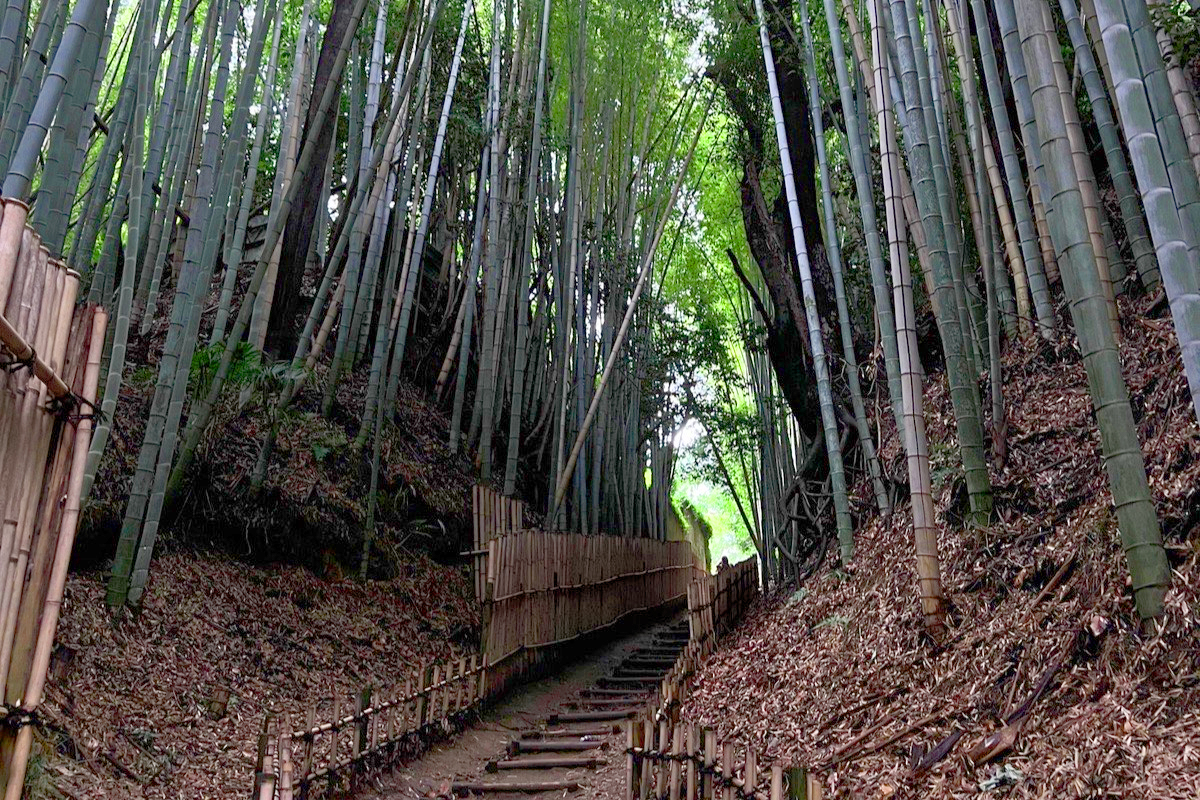How to Enjoy Sakura All Year Long
Just east of Tokyo in Chiba prefecture is one of the prettiest cities in Japan, Sakura. With local historical sites, renowned natural beauty, gorgeous art museums and old samurai residences, Sakura contains a slightly rustic yet urban flair.
The city is known for being a hub to gorgeous cherry blossom viewings, agriculture and festivals as well. Even if the city looks small, it is filled with many interesting spots for people to immerse themselves in both modern and ancient Edo culture.
Fun Facts about Sakura
Sakura was originally a castle town during the Edo period. Sakura Castle was the seat of the ruling lord at the time and a local political center. It is known for its beautiful cherry blossoms in the spring, especially along the Sakura Castle Park and nearby Okamoto Castle ruins.
The city is home to a beautiful museum featuring Japanese modern art and different cultural exhibitions and also features a notable samurai district area where traditional houses and streets remain. Some locations offer tours for both the grounds and interior of these houses, giving a glimpse of life from the Edo period.
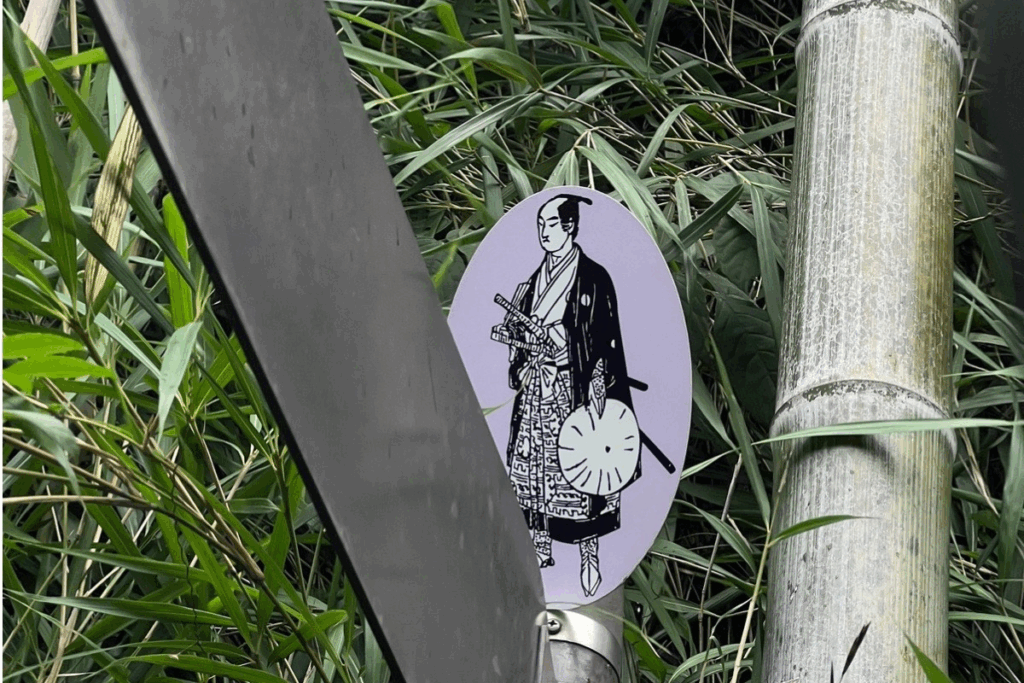
Discover How Samurai Used to Live
Along the trail of Sakura’s bamboo forest are rows of old styled houses with open entry ways. Once spotting this section, travellers will have arrived at the three preserved samurai houses where the samurai of Sakura used to live.
Three houses are open to the public:
- The former Kawahara family residence (a cultural property of Chiba Prefecture)
- The former Tajima family residence (a cultural property of Sakura)
- The former Takei family residence
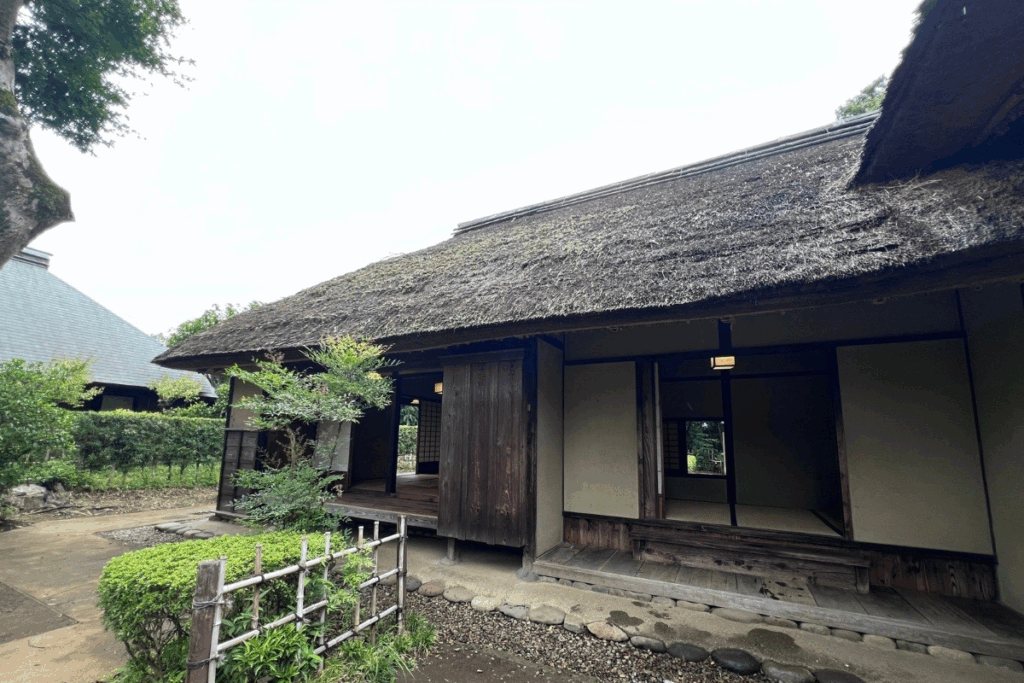
These are the houses of Bukeyashiki-dori and are said to be prime examples of the housing of “average” samurai bureaucrats. Entry is via a traditional gate, with tall doors and topped with a small roof. Guests can also observe the gardens where these samurai grew their food.
The thatched-roofed Kawara House is believed to be the oldest of the three. It was likely built around 1835 and was apparently occupied until the 1980s. Though old, the houses are kept in pristine condition as they had old kitchenware and various other daily essentials displayed.
Sakura Castle Town Samurai Residences are located in the old castle town area of Sakura, near Sakura Castle Park, about a 15 to 20 minute walk from Sakura Station.
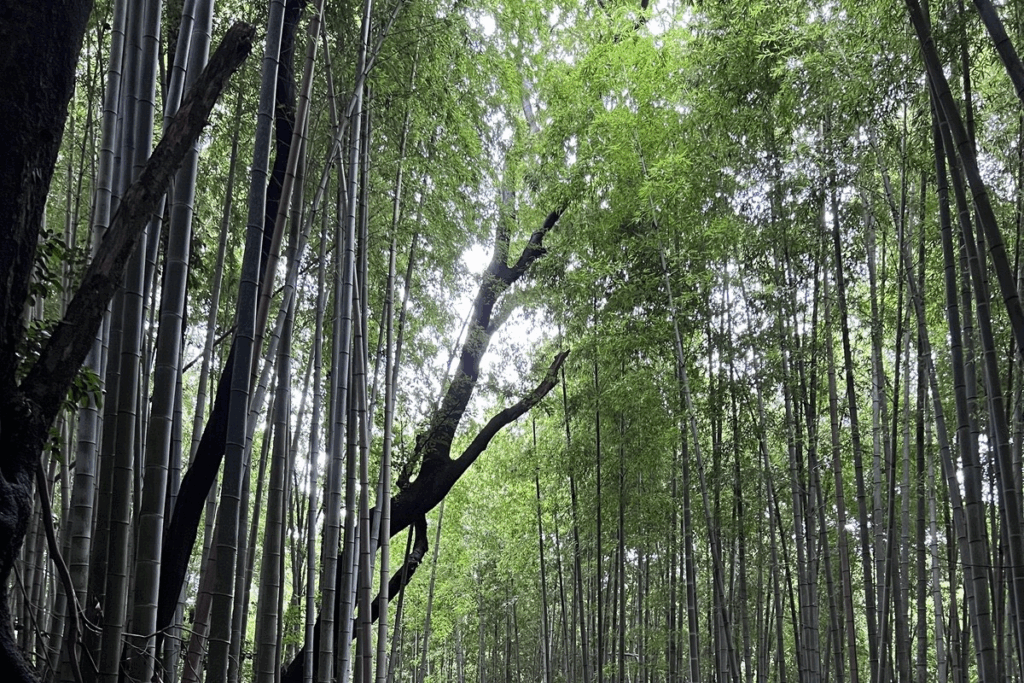
Hiyodori-zaka, Sakura’s Beautiful Yet Eerie Bamboo Forest
Hiyodori-zaka slope is a bamboo forest that Edo period samurai passed through to Sakura Castle. It is also located next to the Old Samurai Residences in Sakura City and is about a 20-minute walk from JR Sakura Station.
This forested slope is known for its enchanting atmosphere and is a popular walk for those wanting to feel immersed in the Edo period. It has also been featured in travel campaigns and was even a part of the Samurai Sanpo experience tour where visitors dressed as samurai and walked through the path.
With tall bamboo trees that seemingly touched the sky and the cicadas buzzing in the leaves, Hiyodori-zaka forest plunges travellers into a calming nature setting. This trail is an easy walk paired with natural beauty.
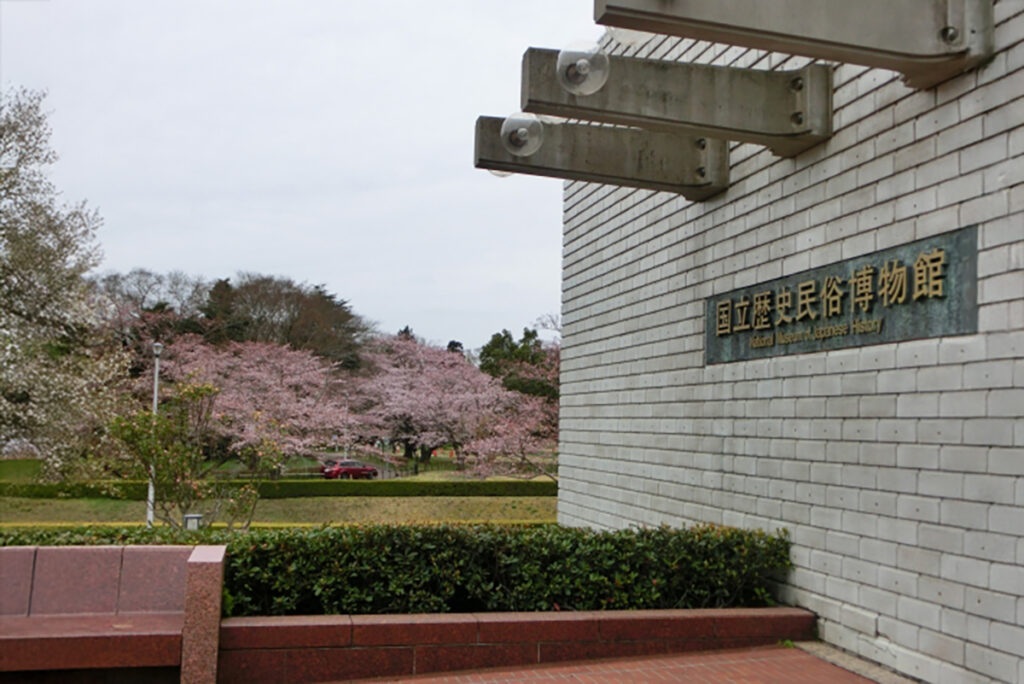
Rekihaku, National Museum of Japanese History
The National Museum of Japanese History, also known as Rekihaku, is a research institution that was established in 1981 and opened in 1983. The museum was created to advance research of Japan, archaeological findings and the country’s folklore. It is located about 15 to 20 minutes by bus or taxi from JR Sakura Station.
The museum itself is a historical temple in a corner of the ruins of Sakura Castle in Sakura City. The museum contains history from ancient times to present day Japanese folk culture and holds real authentic pieces as well as academically-backed reconstruction models to properly illustrate Japanese history and culture.
This location also offers a variety of different learning opportunities for kids and families such as Terakoya History, Experience History and school group programs.
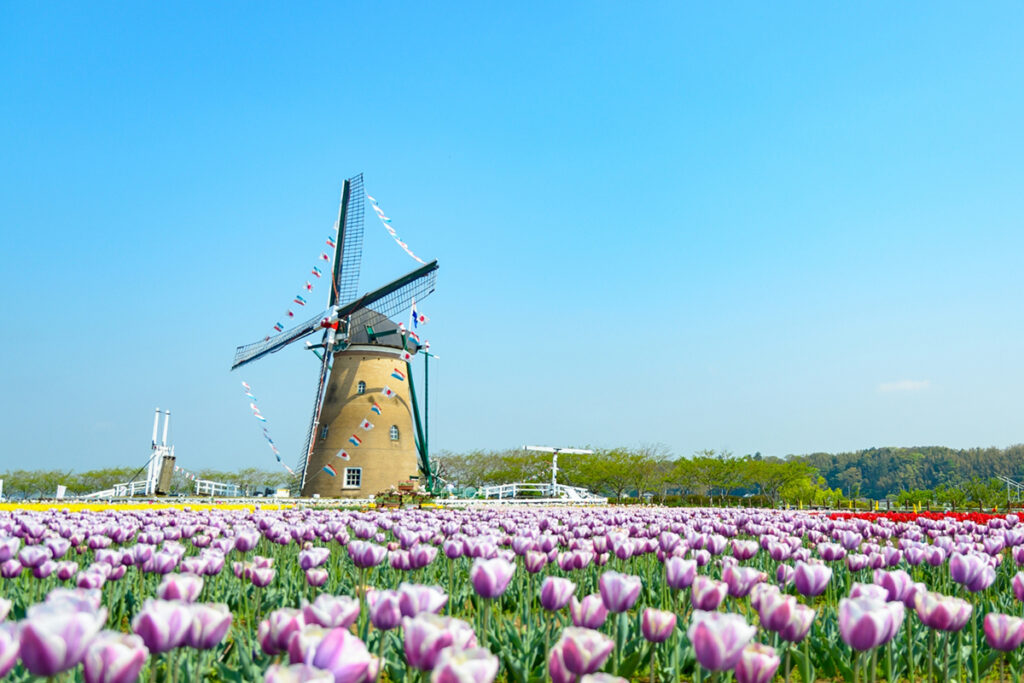
Enjoy a Floral Landscape at Sakura Furusato Square
A 30-minute walk from Keisei Usui Station or 40-minute walk from Keisei Sakura Station lies Sakura Furusato Square, another must visit in Sakura City. This park can be recognized by its massive windmill, blossoming tulips in spring and rolling fields, making travellers feel as if they have stepped into the Netherlands.
People can also rent bicycles and explore the square, allowing easy access to the nearby lake and plenty of other sites in the park’s vicinity.

